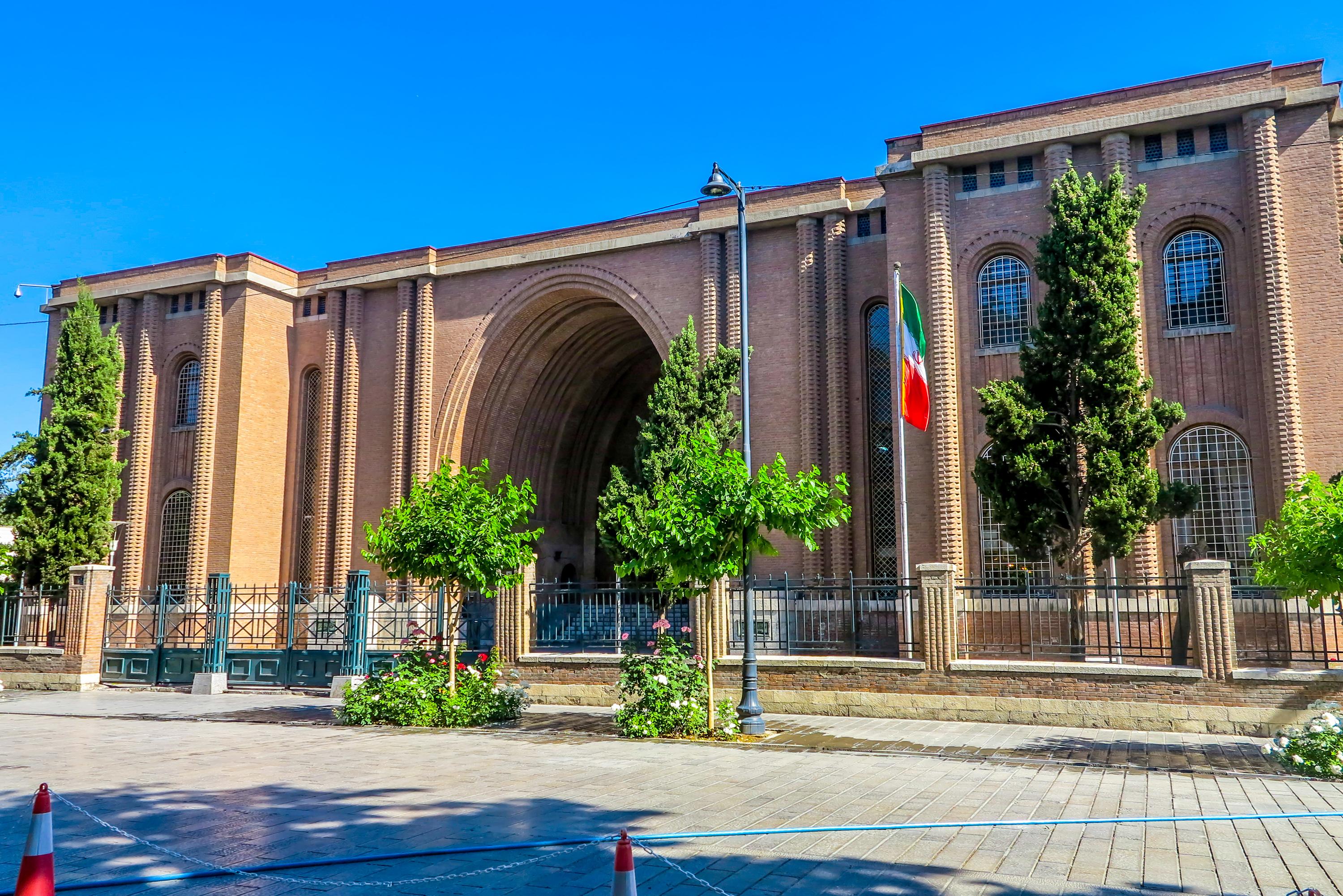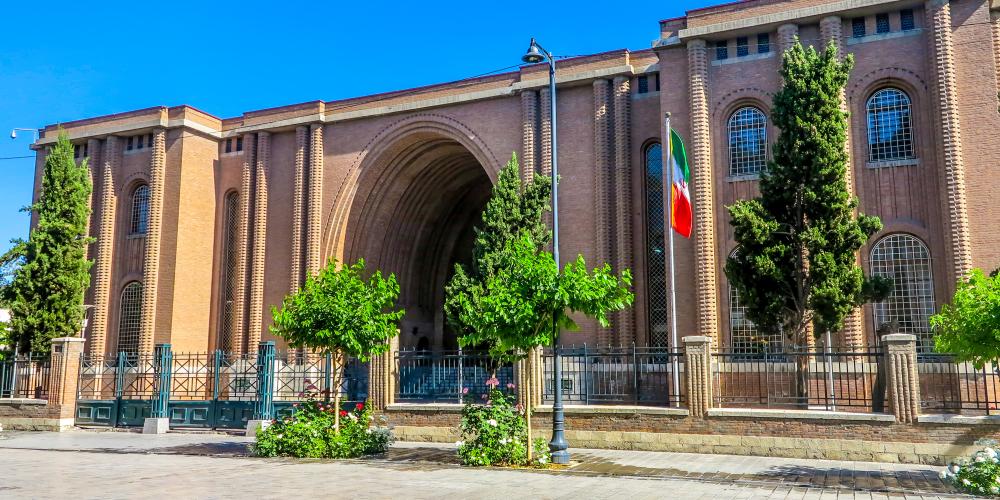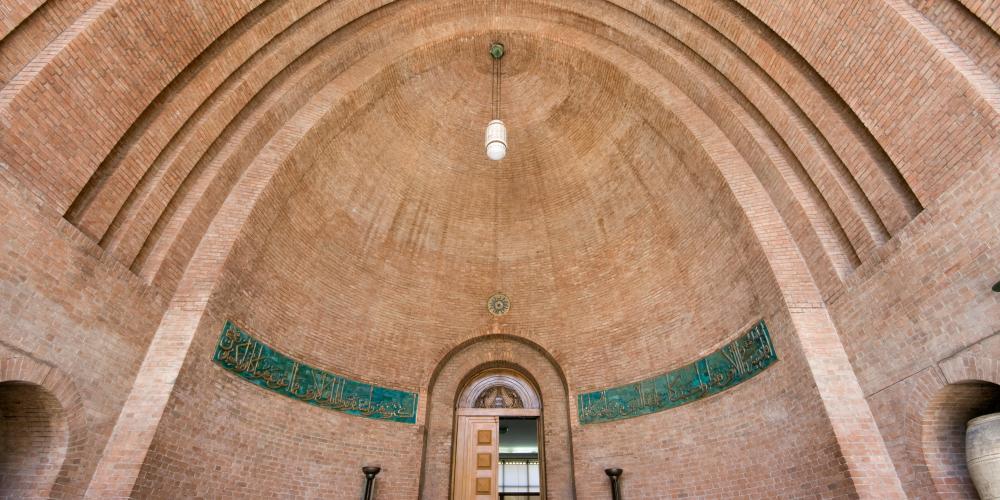National Museum of Iran

The National Museum of Iran is the biggest and most important Persian culture museum in the country, with exhibits that perfectly blend a narrative between the past and the present. The museum was built in the 20th century but it was designed to look like a construction from the Sassanid era. Even though it was created to look like an ancient Persian style architecture, it was two French architects André Godard and Maxime Siroux who were responsible for its design.

Inside, the museum is divided in two areas. The oldest part is the Museum of Ancient Iran, which was opened with the inauguration of the site. The second is the Museum of Islamic Archaeology and Art of Iran, containing rare antiquities found nowhere else in the world.
Amongst the collections, some of the interesting things to look out for are ceramic vases, rare coins, paintings, ancient rugs, and other textile remains. Of particular importance are statues coming from the city of Persepolis in the country's Fars region. In total, the museum's exhibits are home to more than 300,000 precious objects and extend over 20,000 square metres.
For anthropology and archaeology lovers, this museum is a must-see, as it is considered one of the best and most comprehensive museums in the world. Its impressive size makes it hard to visit in less than two hours, and even then you'll only be starting to learn about the history behind the objects.

If you have time, a visit to the museum can be paired with the Golestan Palace and the Grand Bazaar, because they are all within easy walking distance of each other.
National Museum of Iran
Spring and Summer: 9 am-19 pm and Autumn and Winter: 8:30 am-17 pm. Museum closes on Fridays.
Rial 1.000.000


